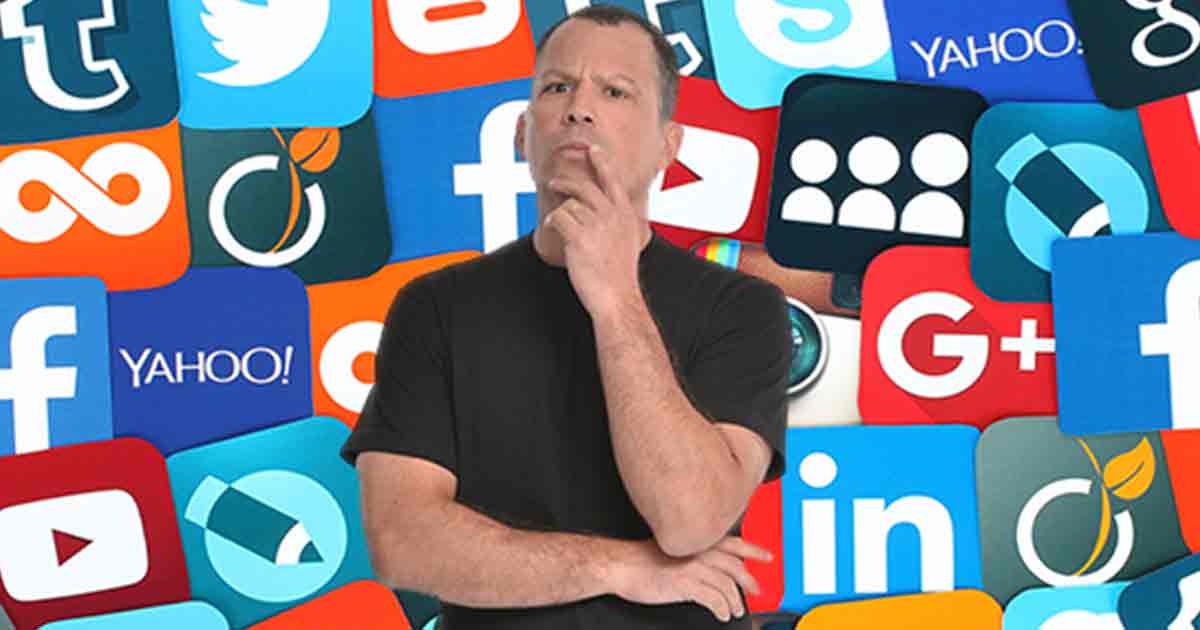
As originally written by Andrew Stanten for CIO.com.
With one in three U.S. consumers reporting that social media influences their purchases, opting out of this impactful marketing channel is no longer an option. It’s a must.
Unfortunately, there’s no “set it and forget” function when it comes to managing your Twitter, LinkedIn, Google+ and Facebook accounts. Successful social media marketing requires sustained quality and consistency to build interest and following. I won’t lie to you: it can be a lot of work. But with payoffs like expanding brand awareness, reaching key audiences, driving website traffic and generating leads, it’s not surprising that 96 percent of companies have jumped on the social media bandwagon.
Before diving in, it’s important to define your goals and key performance indicators (KPI) to measure success along the way. Analytics and metrics are core to developing an understanding of which activities are truly driving your business.
Not sure where to start? Let’s look at a few needles social media has been known to move for companies.
According to a 2015 Shareaholic report, 31 percent of all website traffic is driven by social. Now, at baseline, you may find that your website isn’t quite measuring up to this standard. It will take some experimentation to understand which type of content resonates on each social network. You’ll find that what sticks on LinkedIn may not have the same appeal on Twitter, and visa-versa. Share-worthy topics, hashtags and visuals can help your content gain traction. Be sure to track social-driven web traffic with Google Analytics so you can adjust your strategy accordingly.
So, your company has created accounts on all the major social networks. Great. But how will your customers and prospect know you’re there? It’s important that you begin integrating social into other facets of your marketing program. Encourage people to share content at the end of a blog post. Create a “Follow us” call to action on your website. Engage in industry chatter on Twitter. The onus is on you to demonstrate your relevance in the noisy, attention-splitting world of social. And while you want to grow your audience, be realistic and stay focused on quality over quantity. Does it matter if you have 300,000 followers on Twitter if 95 percent of them have no interest whatsoever in your business or product?
A big part of building credibility with your prospects is showcasing your expertise in the industry. The primary method for achieving this is by creating original thought leadership content that addresses your customers’ pain points (rather than blatantly promoting your solutions). But beware of information overload. Balance your long-form content with shorter, entertaining posts, such as daily features or quotes, videos, contests and infographics that promote your company’s lighter side. Also, share not just information about your company, products and solutions, but information about what’s going on in the industry. Limit self-promotional posts — on Twitter, especially — to about 20 percent of your posts.
Let’s be honest: a post in someone’s news feed will rarely be enough for them to adopt a new software or platform. Just like in the real world, social conversion takes time. First, it’s important to engage your followers with a mix of promotional and informative posts, so they are aware of what you bring to the table. Then, move them along in your sales funnel by asking them to register for your blog, sign up for a free download or attend a webinar. These actions all enhance your options to contact them later and encourage them to keep you top of mind when they are ready to research their next big purchase.
This may not be the first thing you think of in terms of marketing goals, but it’s an important one. Social media has allowed consumers to connect to brands in a way they never could before. A customer can “mention” a company on Twitter for the world to see. While this might seem like a vulnerable situation, it’s also an opportunity. Have a process in place to respond quickly and appropriately. Create a meaningful exchange for your customer — and increase the visibility of your brand in the process.
While social media has become a big move in the marketing playbook, it is hardly the be-all/end-all of your lead generation efforts. Like any other marketing tool, it’s part of a greater whole. What you do in social circles must align with your overarching marketing goals. Social media should promote and enhance your trade show presence. It should provide an avenue for prospects to react to your latest print campaign. But, most of all, it should give your audience the opportunity to interact with your brand in a way that is both memorable and meaningful.
At the heart of any successful life sciences company’s strategy lies a keen understanding of…
Chances are high that most of your target decision makers are on social media. The…
You’d be surprised at the number of global B2B organizations–with many, many zeroes in their…
As we move into 2024, B2B companies face new challenges and opportunities to reach and…
Most of your day, you need to think like a marketer. That is your job,…
Sure, you could lock yourself in a conference room and brainstorm campaign ideas on a…